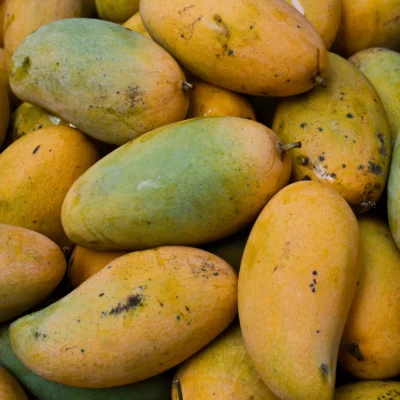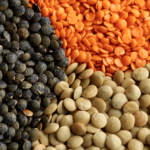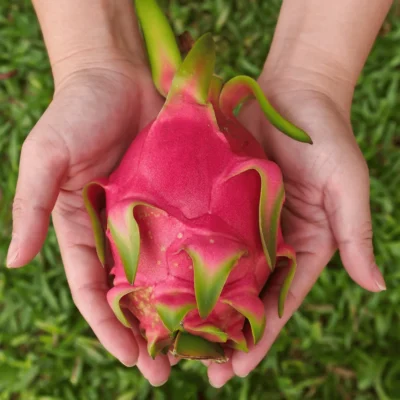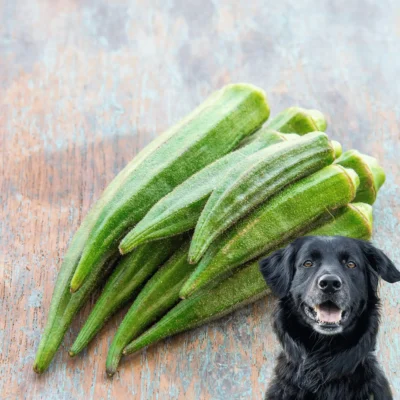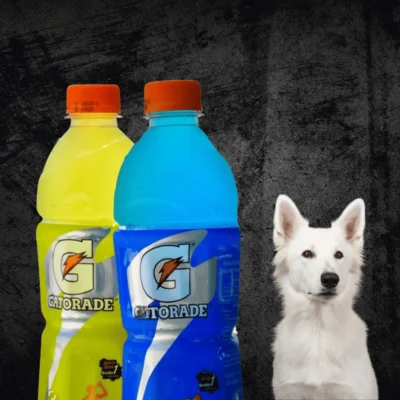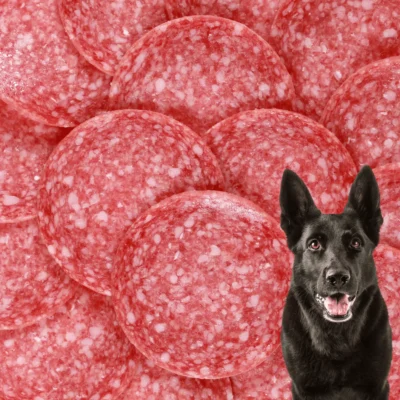Mangoes, often dubbed the “king of fruits,” are cherished worldwide for their juicy sweetness and rich flavor. As a pet owner, you might wonder if this tropical delight can be shared with your canine companion. Can dogs eat mangoes safely? The answer is yes but with some important considerations. While mangoes offer a range of nutritional benefits for dogs, including essential vitamins and fiber, they also come with potential risks if not prepared and served properly.
In this comprehensive guide, we’ll explore the health benefits, possible hazards, and best practices for feeding mango to your dog, ensuring that your furry friend can enjoy this tasty treat safely and healthily.
Below are the topics we’ll follow in this blog post:
- Can Dogs Eat Mango?
- Is Mango Good for Dogs to Eat?
- Nutritional Value of Mango for Dogs
- Can Eating Mango Be Harmful to Dogs?
- Can Dogs Eat Dried Mango?
- Can Dogs Eat Mango Stones?
- Can Dogs Eat Mango Skin?
- How Much Mango is Safe for Dogs to Eat?
- How to Safely Serve Mango to Your Dog?
Can Dogs Eat Mango?
Yes, dogs can eat mango! It’s sweet and tasty, which many dogs love, and the soft flesh is easy for them to eat. However, because mango is very sugary, you should only give it to your dog in small amounts as an occasional treat.
Is Mango Good for Dogs to Eat?

Mangoes are tasty and nutritious for both people and dogs. They are full of fiber and vitamins like A, B6, C, and E, making them a healthy snack. Most dogs will enjoy the sweet taste of mango.
When giving mango to your dog, make sure to cut it into small pieces to prevent choking. Ripe mangoes are soft, which helps, but small pieces are still safer.
Mangoes are generally safe and healthy for dogs, except for those with diabetes. They provide many nutrients, including:
- Fiber
- Vitamin A
- Vitamin B6
- Vitamin C
- Vitamin E
- Potassium
While these nutrients are good for your dog, feeding mango in moderation is important.
Nutritional Value of Mango for Dogs:
Mangoes provide a variety of nutrients that can be beneficial for dogs when given in moderation. Here’s a detailed look at the nutritional value of mangoes for dogs:
Nutritional Breakdown (Per 100 grams of Fresh Mango):
- Calories: 60 kcal
- Protein: 0.8 grams
- Fat: 0.4 grams
- Carbohydrates: 15 grams
- Sugars: 13.7 grams
- Dietary Fiber: 1.6 grams
Key Nutrients:
Vitamins:
- Vitamin C: 36.4 mg (40% DV for humans)
- Acts as an antioxidant, boosts the immune system, and aids in collagen synthesis.
- Vitamin B6 (Pyridoxine): 0.119 mg (9% DV for humans)
- It is important for brain development and function and for converting food into energy.
- Vitamin E: 0.9 mg (6% DV for humans)
- Supports skin health and acts as an antioxidant.
- Vitamin A: 54 µg (7% DV for humans)
- It helps keep your eyes and skin healthy and boosts your immune system.
Minerals:
- Potassium: 168 mg (4% DV for humans)
- Vital for maintaining proper muscle function and fluid balance.
- Magnesium: 10 mg (3% DV for humans)
- It is important for muscle and nerve function and energy production.
Other Beneficial Compounds:
- Beta-Carotene: This helps make Vitamin A, which is good for eyes and skin, and fights off sickness.
- Polyphenols: These are antioxidants that help keep the body healthy by reducing stress and inflammation.
Health Benefits for Dogs:
- Digestive Health:
- The dietary fiber in mangoes aids in digestion and helps maintain regular bowel movements.
- Immune System Support:
- Vitamins A, C, and E boost the immune system and help fight off infections and illnesses.
- Skin and Coat Health:
- The vitamins and antioxidants contribute to healthy skin and a shiny coat.
- Hydration:
- Mangoes have a high water content, which can help keep dogs hydrated, especially in hot weather.
Can Eating Mango Be Harmful to Dogs?
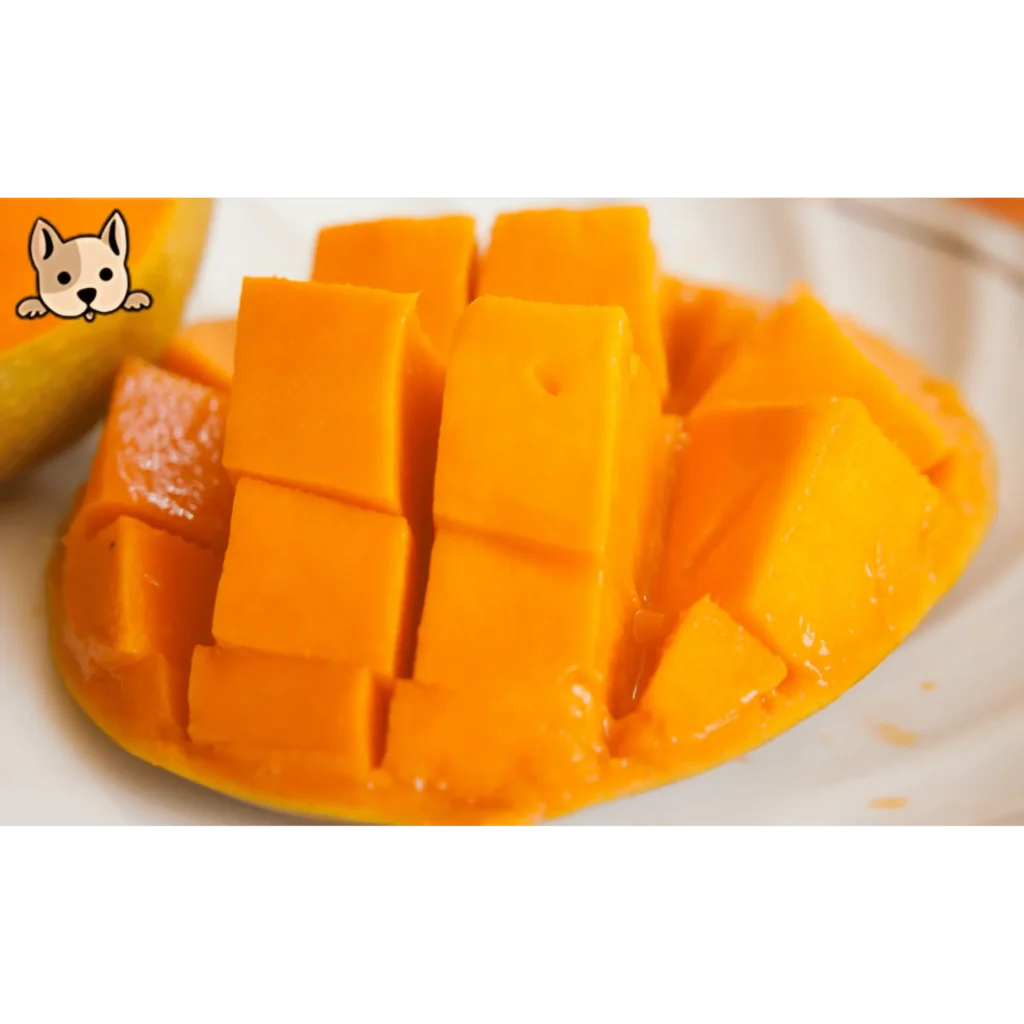
Mangoes are safe for dogs, but they have a lot of carbs and sugar. Feeding your dog too much sugar over time can lead to obesity, diabetes, dental problems, and stomach issues.
If your dog is already overweight or has diabetes, it’s best to avoid giving them mangoes. Always check with your vet to make sure you’re choosing the right foods for your dog’s diet.
While some people can be allergic to mangoes because of a compound in the skin called urushiol (also found in poison ivy and poison oak), there are no known cases of dogs being allergic to mangoes.
Can Dogs Eat Dried Mango?
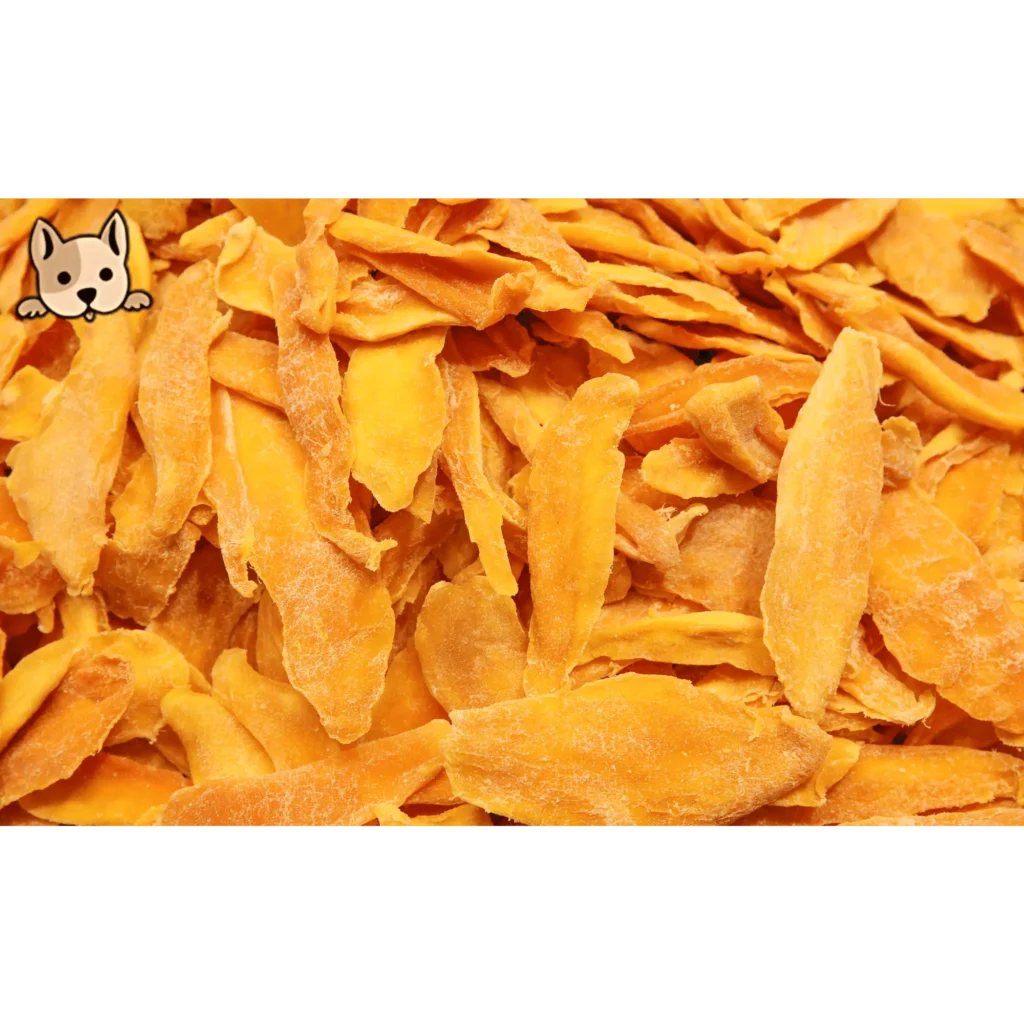
If you make dried mango at home, it can be safe for dogs. But remember, since drying concentrates the sugar, give smaller portions than usual.
Avoid giving store-bought dried mango to your dog. It often has extra preservatives and ingredients, including more sugar. Homemade is better for your furry friend!
Can Dogs Eat Mango Stones?
Removing the stone from any fruit before giving it to your dog, including mangoes, is important. The stone can be a choking hazard and may cause intestinal blockages. Plus, it contains small amounts of cyanide, which is toxic.
Can Dogs Eat Mango Skin?
Mango skin is edible, but it might be hard for your dog to digest and could upset their stomach. It’s best to feed your dog mango without the skin to avoid any tummy troubles.
How Much Mango is Safe for Dogs to Eat?
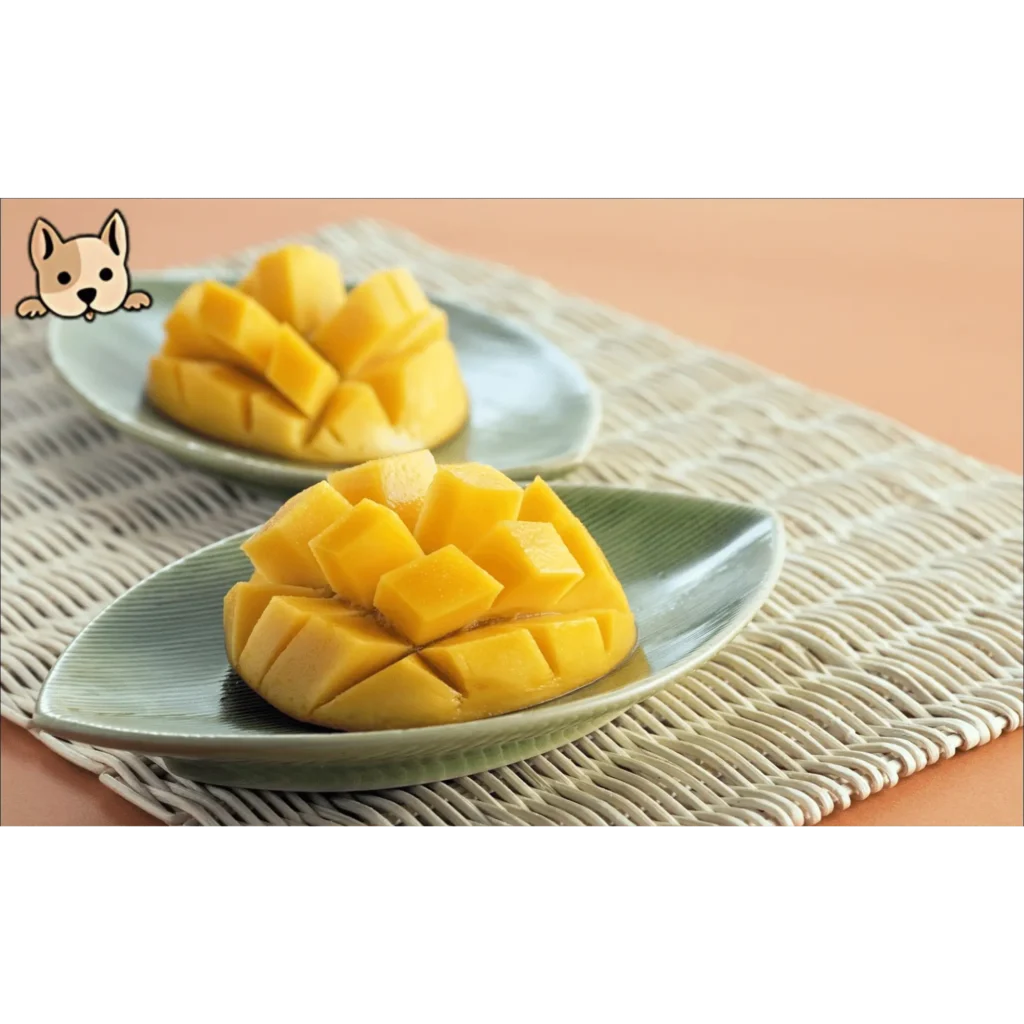
When treating your pup to mango, remember to keep the portions small and give them in moderation. Mango treats should only be about 10% of your dog’s diet, with the rest coming from balanced dog food.
Here’s a guide for safe portion sizes based on your dog’s weight and breed:
| Dog Size | Mango Portion |
| Extra-s21–302-20 lbs.) | 1-2 pieces (½-inch wide by ¼-inch thick) |
| Small (21-30 lbs.) | 2-3 pieces (1-inch wide by ¼-inch thick) |
| Medium (31–50 lbs.) | 5-6 pieces (1-inch wide by ¼-inch thick) |
| Large (51–90 lbs.) | Handful (1-inch wide by ¼-inch thick) |
| Extra-large (91+ lbs.) | Large handful (1-inch wide by ¼-inch thick) |
If your dog eats too much mango or shows signs of an upset stomach, keep an eye out for symptoms like decreased appetite, fatigue, or depression. Contact your vet if you notice more serious symptoms like vomiting, excessive diarrhea, or weakness. It’s better to be safe than sorry!
How to Safely Serve Mango to Your Dog?
Before giving mango to your dog, it’s crucial to consult your vet to determine the right portion size. Even though mangoes are a healthy treat, they should be considered part of your dog’s overall balanced diet.
Start with a tiny bit to see if they have any allergies. Peel the skin because it contains urushiol, a chemical that can cause vomiting, diarrhea, and skin issues if ingested.
Remove the pit to prevent choking or digestive issues. If your dog ingests the pit, it can lead to serious complications, so watch for symptoms like vomiting, decreased appetite, lethargy, or constipation and seek veterinary help if needed.
Stick to fresh mango instead of dried, which is often high in sugar and calories and lacks nutrients.
Here are some fun ways to feed mango to your dog:
- Cut the mango into chunks (1 inch for larger dogs, smaller pieces for smaller breeds) to use as a sweet treat or for training.
- Freeze mango chunks for a refreshing summer snack.
- Add to a dog-safe smoothie bowl for hydration.
- Sprinkle a few pieces on regular dog food as a topper.
- Blend into a pooch-safe “Mutt Mocktail.”
Final Thought:
In conclusion, mangoes can be a delicious and nutritious addition to your dog’s diet when served in moderation and with proper precautions. While dogs can safely enjoy the vitamins, fiber, and hydration benefits that mangoes offer, it’s essential to consult with your veterinarian before introducing this fruit into your dog’s diet, especially if they have underlying health conditions like diabetes or allergies.
Remember to always remove the skin and pit before feeding mango to your dog, as they can pose choking hazards or cause digestive issues. Stick to fresh mango instead of dried varieties, which often contain added sugars and preservatives. Additionally, be mindful of portion sizes based on your dog’s weight and breed, and monitor them for any adverse reactions after consuming mango.
With careful consideration and moderation, mango can be a tasty treat that your furry friend will enjoy. Just keep their overall diet balanced and prioritize their health and well-being above all else.
FAQs:
Is mango toxic to dogs?
Ever thought, “Can dogs have mango?” Well, the good news is, yes, they can! Mangoes are packed with vitamins and are safe for your dog to eat, but there are a couple of things to keep in mind. Make sure you peel the mango and remove the pit before giving it to your pup. Also, just like with any treat, it’s best to give mango to your dog in moderation.
How much mango can I give my dog?
For dogs, a good serving size of fresh mango is about one-quarter cup once a week. If you have a larger dog, you can give them this serving twice a week. It’s important to stick to these portions to avoid issues like diabetes and obesity since mangoes have lots of sugar and more calories compared to other dog-friendly fruits like watermelon. Always remember: moderation is key!
Why do dogs not like mango?
Mango pits can be dangerous for dogs, as they’re a choking hazard and could cause intestinal blockages. Plus, they contain cyanide, which is toxic. Also, the high fiber content in fruits like mangoes might upset your dog’s stomach and lead to diarrhea. So, it’s essential to remove the pit and offer mango in small, manageable pieces to avoid any issues.
Can dogs digest mango seeds?
Never give your dog a mango seed. Mango seeds are large and pose a choking hazard to dogs. If ingested, they can also cause intestinal blockages. Additionally, mango seeds contain trace amounts of cyanide, which is toxic to dogs. Always ensure that you remove the seed before giving mango to your furry friend to keep them safe.
What is the safest fruit for dogs?
Apples are indeed a great fruit to share with your dog! They’re rich in vitamins A and C, and they contain a good amount of fiber in each serving. So, offering your dog apples can be a nutritious and tasty treat. Just remember to remove the seeds and core before giving them to your pup to avoid any potential choking hazards.






